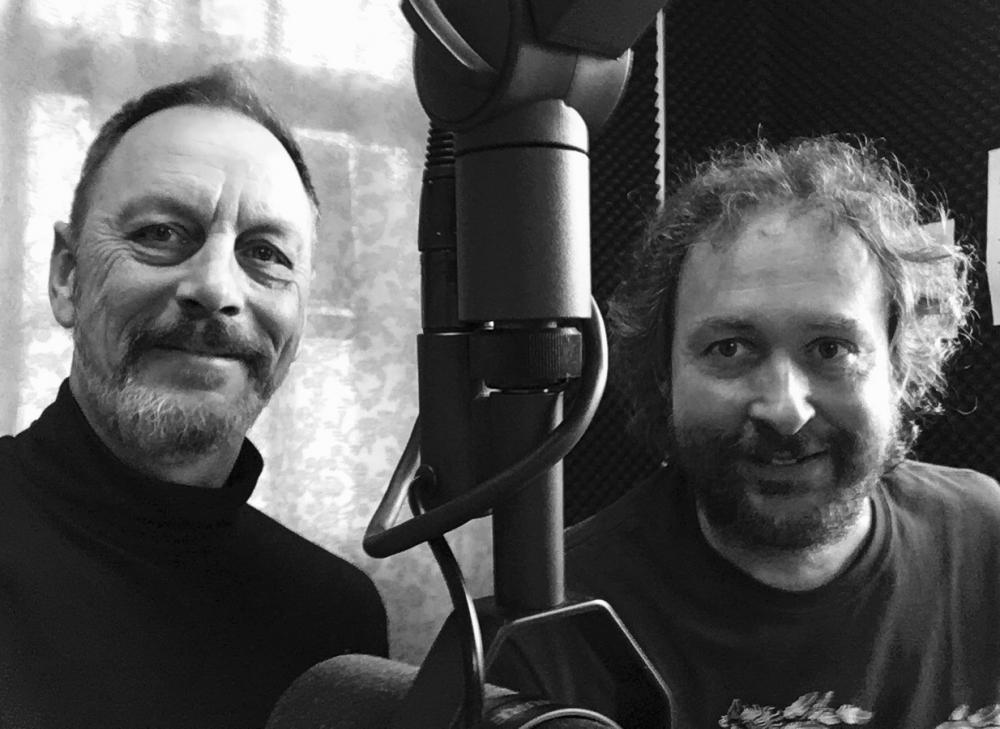
Though he would later move away from the somewhat "one man band" character of this instrumental grouping and performance method, this way of music making, at the time, suited him and his audiences very well. He also used an African xylophone (balafon) in some of his concerts at that time. He was working then with a unique drum kit of his own devising, a sort of melodic percussion kit consisting of several drums, with careful attention to their tuning.
Tom bennett one man band professional#
So, this time period was very important in his musical and professional development. Up until that time, opportunities to hone his performing skills in front of live audiences had not been as numerous as he would've liked, but suddenly, in northern Europe, there were opportunities galore. During the next nine months Samm resided there, and it became a period of very prolific solo performance. In 1983, following Samm's second solo concert tour in Europe, he received an offer from a music club owner in Brussels, Belgium, to stay in an available flat above the club. Photo: 1981, playing ighede drums in a formal portrait with idemudia and the Ehengbuda Cult Messengers It was a profoundly rewarding experience. Samm learned some drumming styles from Idemudia and his family members, performed with them at some of the all night funeral festivities, and was privileged to see firsthand, from the inside, how these traditional musicians function in their society. They called themselves the Ehengbuda Cult Messengers, and played frequently in Benin City and surrounding villages for funerals, which were the social functions where traditional music was in great demand. Traveling with a friend who introduced him to a family in Benin City, Nigeria, he remained there as their guest for six months, making daily trips to the home of drum master Idemudia Izevbihen and his extended family of drummers and singers. In late 1980, he went to Nigeria, West Africa, taking a boat from Sicily to Tunis, then to Algiers, then traveling due south overland across the Sahara desert.

Photo: 1978, with Ensemble Garuda (Tom Hall and Frank London)ĭuring the "Boston years", Bennett made two extended trips out of the US, both of which would prove very important to his musical development. Throughout his years in Boston he made frequent trips to New York City, where he took in lots of live music of all kinds, and took some drum lessons from percussion wizard Milford Graves, as well as lessons with drummers Andrew Cyrille and Barry Altschul. During his years there Samm played with several musicians who would go on to make names for themselves in the world of jazz and improvised music, notably guitarist Joe Morris, clarinetist Don Byron and trumpeter Frank London. It was there that he was first exposed to African drumming styles, mostly through attending weekly drum ensemble workshops led by Boston underground percussion legend Syd Smart. Though he didn't attend any college or music school, he found himself immersed in a new world of musical possibilities and friendships, and in his eight years there he did an enormous amount of playing and learning. In 1977, at the age of 20, Samm moved to Boston, a town that seemed to offer broader possibilities for a young musician eager to play and grow and try new things. Photo: 1967, playing his cousin Frank's drums in Greenville SC, age 10 After years of banging on the kitchen pots and pans, his father relented and bought him a starter drum kit for his 13th birthday. But as a very young child he was most enthralled with the Beatles (it just looked like they were having so much fun) and from around the age of six he was already saying he wanted to be a drummer, like Ringo Starr. And on dad's record player, there was Frank Sinatra, Nat King Cole and Dean Martin. His sisters' folk guitar strumming and singing (they liked to sing Bob Dylan, Woody Guthrie and Joan Baez songs) were also very influential, and the blues was here and there in the air, of course. He also heard plenty of Motown, girl groups, some surf rock and a bit of doo-wop, which were all popular with his two older sisters.

Some of his earliest musical recollections are the AM radio stations in the heart of the deep south, playing country and western music, or the soul and R&B stations way over on the right side (often called "the black side") of the AM dial. Samm Bennett was born on in Birmingham, Alabama, USA, the day that Elvis Presley's " All Shook Up" reached number one on the US charts.


 0 kommentar(er)
0 kommentar(er)
